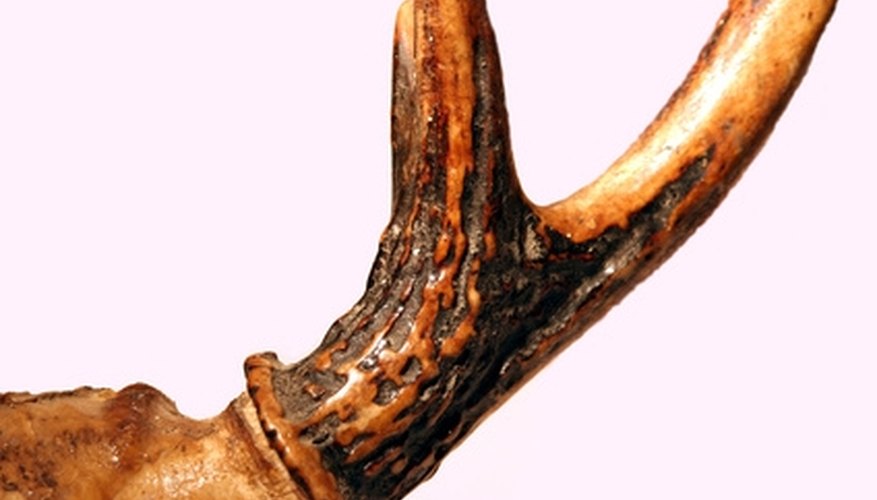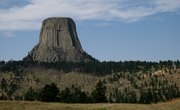
Every winter, deer bucks and elk bulls shed their antlers. Gathering these trophies from the ground is known as "shed hunting." Shed hunting offers outdoorsmen a winter or spring opportunity to take to the field. Most shed hunters use the antlers in craft or home décor projects or sell them to craftsmen for similar projects.
Study the region and know the habits of the elk and deer of the region. Know where the game animals feed through the winter. Consult local Idaho residents for tips where the deer and elk are wintering. Game wardens and wildlife officials are another source of information. Wintering areas vary from year to year depending on the severity of the weather. Heavy snow will push Idaho elk and deer out of the mountains and to lower elevations.
Hike through likely areas. At this time, shed hunting is allowed in Wildlife Management Areas and on National Forest Service lands, but prohibited in National Parks. The eastern and southeastern edges of Idaho have significant Forest Service lands. Northern Idaho is primarily dense forest, much of it National Forest lands full of whitetail deer. East and Central Idaho is where you are more likely to find elk.
Pay close attention to brushing areas. These areas are common in Idaho. Loose antlers snag on the brush and become detached and fall free.
Gather the antlers. Many shed hunters use backpack frames to carry the antlers out of the Idaho wilderness and back to the car.
Warnings
- Shed hunting is not regulated. However, private property laws still come into play. Get permission before shed hunting on private property or limit the efforts to public lands.
Tips
- Shed hunting requires no specialized equipment other than a good pair of hiking boots. However, it does require enough outdoor skills to spend time in the field safely. Carry water, snacks and any other items necessary to comfortably spend the time away from civilization.
- Warming temperatures and receding snow expose more shed antlers that may not have been visible during the snowy winter months.
References
Tips
- Shed hunting requires no specialized equipment other than a good pair of hiking boots. However, it does require enough outdoor skills to spend time in the field safely. Carry water, snacks and any other items necessary to comfortably spend the time away from civilization.
- Warming temperatures and receding snow expose more shed antlers that may not have been visible during the snowy winter months.
Warnings
- Shed hunting is not regulated. However, private property laws still come into play. Get permission before shed hunting on private property or limit the efforts to public lands.
Writer Bio
Keith Allen, a 1979 graduate of Valley City State College, has worked at a variety of jobs including computer operator, medical clinic manager, radio talk show host and potato sorter. For over five years he has worked as a newspaper reporter and historic researcher. His works have appeared in regional newspapers in North Dakota and in "North Dakota Horizons" and "Cowboys and Indians" magazines.



